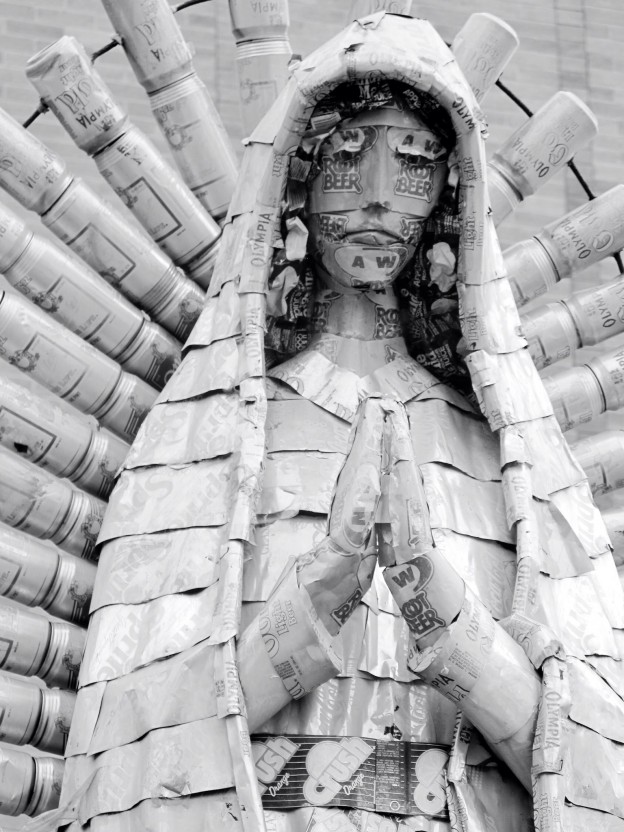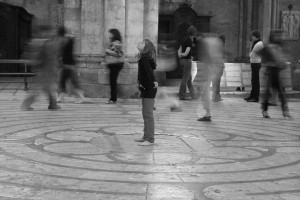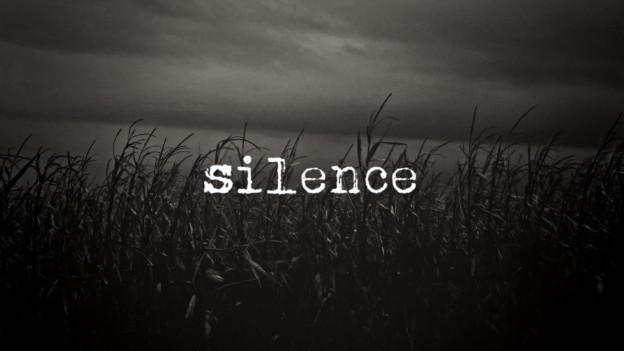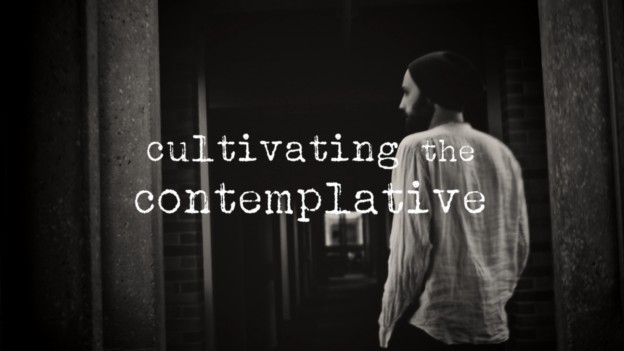by Kelly Pigott
I was in first grade the first time I participated in an Ash Wednesday service. I attended a parochial school, and our teacher, a very stern nun, paraded us into the chapel where we all knelt and were told to be still and quiet, an impossibility for six-year-olds. But we tried our best. The priest walked in, dressed in a formal robe, and he approached each of us, spoke soft words, and placed an ashen cross on our foreheads. I had no idea at the time what this meant. I knew it was important, and sad, and it identified me as a Christian, but that was about all my little grade-schooler brain could comprehend.
I do, however, remember that it made me feel special—because this pastel-grey mark identified me with my classmates, and my faith.
The tradition of marking the forehead with the sign of the cross goes all the way back to the first couple of centuries of Christianity. Tertullian (b. 160 CE) mentions it as a motion (much like we do today when we clasp our hands or raise them in prayer) that Christians utilized to set apart or bless routine events, beginning with the rise of each morning. It was a way of saying, “this belongs to God” and to encourage a life of purity.
At first, it was done by simply marking an invisible cross on the forehead with a thumb. Many centuries later, it will become a more explicit motion that tapped the forehead, chest, and then left and right shoulder if you lived in the West, but right to left shoulder if you lived in the East, providing yet another annoying little disagreement for the Latin and Greek Christians to argue about.
But during the infancy of Christianity, the sign of the cross unified the church as an expression of solidarity in a hostile world.
It soon expanded to many other aspects of the church. When the persecutions escalated, Christians used the sign of the cross to clandestinely identify themselves as fellow brothers and sisters in Christ. It was also incorporated in the baptismal service as oil was placed on the forehead of the still dripping candidate during the blessing. And even exorcists used oil on the forehead as an aid to driving out demons.
There was also a brief and curious practice that emerged in the 4th century after Constantine lifted the status of Christians and halted the persecutions. Augustine remarks how it became in vogue among believers to have a tattoo of a cross indelibly marked on their forehead. I can only imagine the kind of conversations that took place between Roman parents and their teenagers about that one.
Eventually, the sign of the cross became incorporated in the season of Lent, where the bishop used ash to make the sign of the cross. Ash, as you know, was often used in the Bible as a sign of repentance. And indeed, on the first day of Lent, many Christians from various traditions will walk around as I did with a sign that not only identifies them with Christ who saw himself as the man of sorrows mentioned in Isaiah, but also with all the broken in the world. It is a way of mourning with those who mourn, and weeping with those weep. This is not a pity party, or a “let’s get together and get depressed” occasion.
It is a journey of healing. And one that we all need to take.
One spring I attended a funeral for a friend who was way too young and who had left two daughters and a son behind. At the graveside there were so many people gathered that I was a good distance from the casket and could barely hear the pastor. A woman named Connie stood next to me while we waited for the service to conclude. Her head barely reached my shoulder, and she had a round face with straight, brunette hair that always looked a little disheveled; ironically, she owned a local beauty shop and had cut my hair for me when I lived in the area. We chatted for a little and got caught up on things. Connie had been battling cancer for years and had lived far longer than the doctors expected. She didn’t like to talk about her own cancer much, except to boast about how God was confounding her oncologist.
Connie refused to be depressed or sad about her condition. Instead, she dealt with her anxiety by doing everything she could to stare down death in a contest to make him blink first. She had a contagious, independent spirit. She refused to miss work even when she was feeling wretched. She reached out to other cancer patients in the area. Numerous times I saw her driving someone to the doctor’s office for chemo therapy or visiting acquaintances at the hospital—even people she barely knew.
She volunteered at the funeral home, styling the hair of the deceased before they were presented at a funeral. Until I had met Connie, I never even thought about somebody needing to do this. But she relished the job, and had some bizarre stories to tell about the things she learned the hard way about fixing the hair of dead people. And somehow, this melancholic ministry gave Connie humor and strength to make it one more day.
She is one of those rare individuals I have met who I would nominate for sainthood.
Eventually we ran out of things to say and the crowd settled down. A reverent silence fell on the hillside, except for the birds. The pastor was bringing his remarks to a close, and as he did Connie reached out and grabbed my hand.
I have to admit I was a little embarrassed at first. Here I was without my wife, and Connie was without her husband, and we were both surrounded by a mob of people, some of whom were my former church members, and we were holding hands.
What would people think?
I felt awkward.
But after the initial shock wore off, I was able to think a little more clearly about what was going on. I turned and looked at Connie, who was crying just a little, her eyes fixated on the casket. And I don’t think it was just because of sadness. She was scared. And then it dawned on me what must be frightening her.
She was staring at her own near future.
How dumb could I be? Here I was, afraid of what others might think when all the while Connie was giving me a precious gift—a chance to share her pain. I stepped a little closer to her, and she rested her head on my upper arm as we watched the casket descend into the grave
Ashes to ashes. Dust to dust.
“Blessed are those who mourn, for they will be comforted.”
Kelly Pigott is the University Chaplain and Associate Professor of Church History at Hardin-Simmons University in Abilene, Texas, where in addition to church history, he teaches courses in ministry and spiritual formation. He has written numerous journal articles and serves on the editorial boards of two academic history societies. He has twenty years of experience as a pastor. Most recently, he contributed a chapter to the book, “Phyllis Tickle: Evangelist of the Future” (Paraclete Press) edited by Tony Jones.
He has a weakness for peanut butter and jelly sandwiches and cheeseburgers. He likes to take long hikes in the mountains, roast marshmallows over a fire, skip stones across a lake, and camp in his trailer with his children Nathaniel and Eliana. He feels most like a kid when he rides his bike around the park. He is very much in love with his wife, Susan, who teaches Old Testament and Hebrew. And he wishes that Mark Twain had written one of the gospels.




